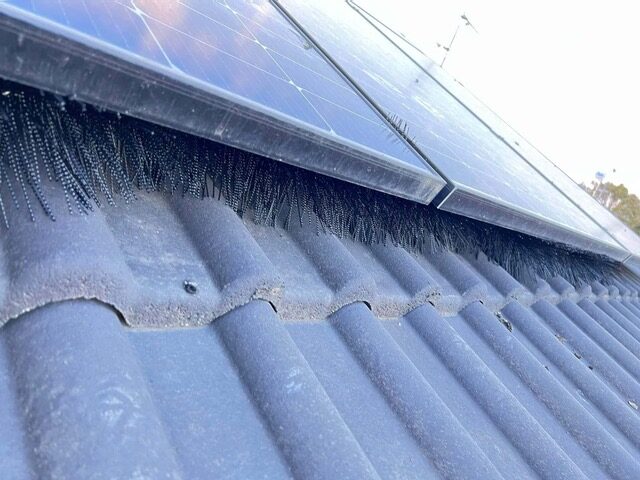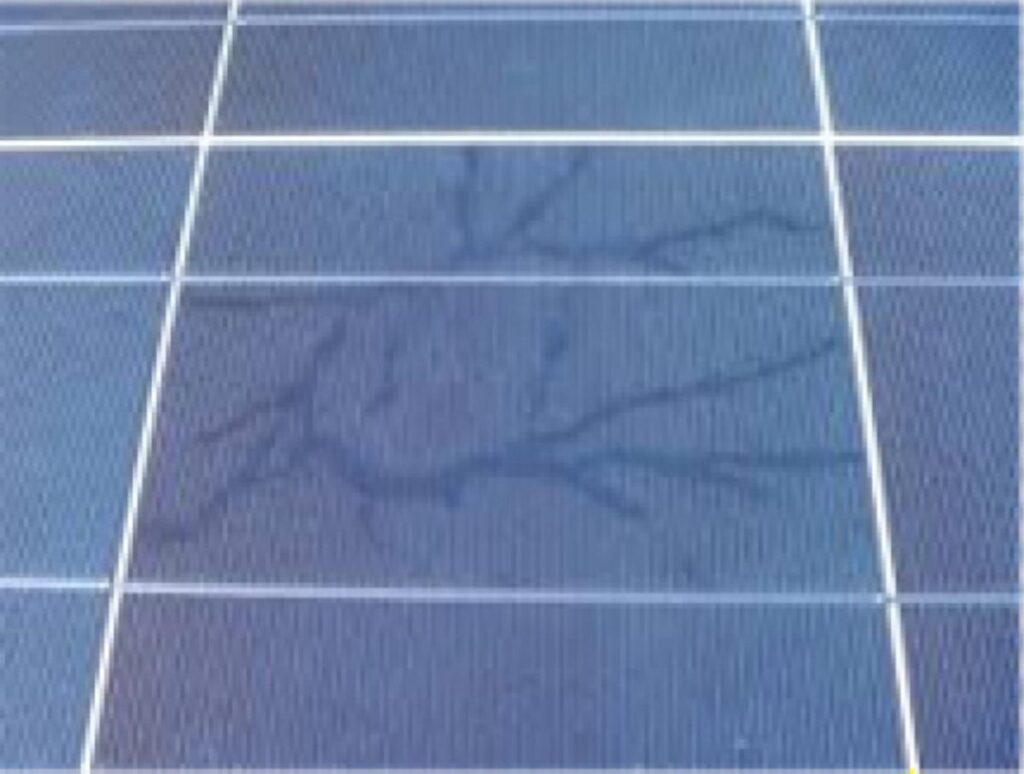The new system, devised by French scientists, uses ensemble learning and requires nothing more than a commercially available optimizer. Before making a decision, the method combines K nearest neighbors, support vector machines, and decision tree learning. Accuracy is reported to be up to 89%.
A research group led by the French University of Toulouse has developed a new detection method for snail trails in solar panels.
The process uses an ensemble learning framework called ELDIAG to analyze the time-frequency characteristics and statistics of the PV panel. It collects data from commercially available optimizers without the need for additional sensors or instrumentation.
“Snail trails are lines of local discoloration that appear on PV panels after prolonged use. The name of this effect comes from the illusion that snails or worms have passed over the PV panel,” the team explains. “They do not significantly reduce panel performance, but are the main cause of serious panel deterioration, such as micro cracking and delamination, and can go as far as causing the panel to catch fire. It is a real challenge to detect almost imperceptible defects due to the snail track error.”
The new system was tested on an array of 16 PV panels, with power ranging from 205 W to 240 W. Eight panels were used for training and the other eight were used for validation. In each group, four panels were healthy and four suffered snail tests. A Tigo optimizer extracted 25 parameters from each panel.
Two competing dimensionality reduction techniques have been used to reduce the number of input variables so that the algorithm is more efficient. Namely, they are principal component analysis (PCA) and isometric mapping (Isomap), both of which reduce the number of input parameters from 25 to just three.
After reducing the parameters, the data is fed into a simple ensemble learning framework. The ensemble consists of three deep learning methods and uses majority voting to perform a final detection. There must be at least two algorithms that detect a panel as defective so that the ensemble can evaluate it as one panel.
Photo: Université de Toulouse, Technical applications of artificial intelligence, CC BY 4.0
“The component methods of the ensemble learning strategy are K nearest neighbors (KNN), support vector machine (SVM) and decision tree learning (DT),” the group explained. “These three algorithms were selected because they work on three different principles, allowing the approach to leverage the strengths of each principle. KNN relies on measuring similarity using a distance metric, the SVM method is based on finding an optimal separating hyperplane between two classes of data, and finally DT is based on dividing a dataset into smaller subsets to enable decision making based on the information inside. each subgroup.”
The signals for both training and validation were taken on four days in 2020, each representing one season. The measurements were taken between 7:00 AM and 8:00 PM and the results were divided into morning, afternoon, afternoon and evening. While the ELDIAG framework using Isomap feature selection showed an accuracy of 70% to 80%, ELDIAG using PCA proved superior, with an accuracy ranging between 79% and 89%.
“Although the accuracy results may not match those of image-based approaches, it is important to highlight the following aspects,” the group said. “First, our approach robustly identifies snail-track faults under varying irradiation conditions using only one current signal per PV panel. This significantly reduces the number of samples required while maintaining the robustness of the error detection. Furthermore, our approach does not require any additional installation to function. In economic terms it is superior because it provides an industrially scalable solution. Furthermore, by using electrical signals, the system can detect a wide range of errors, surpassing the limitations of image-based approaches.”
The new system was presented in “An ensemble learning framework for snail trail detection and diagnosis in photovoltaic modules”, published in Technical applications of artificial intelligence. Scientists from Feedgy, supplier of PV equipment to the French Université de Toulouse, conducted the research.
This content is copyrighted and may not be reused. If you would like to collaborate with us and reuse some of our content, please contact: editors@pv-magazine.com.
Popular content


